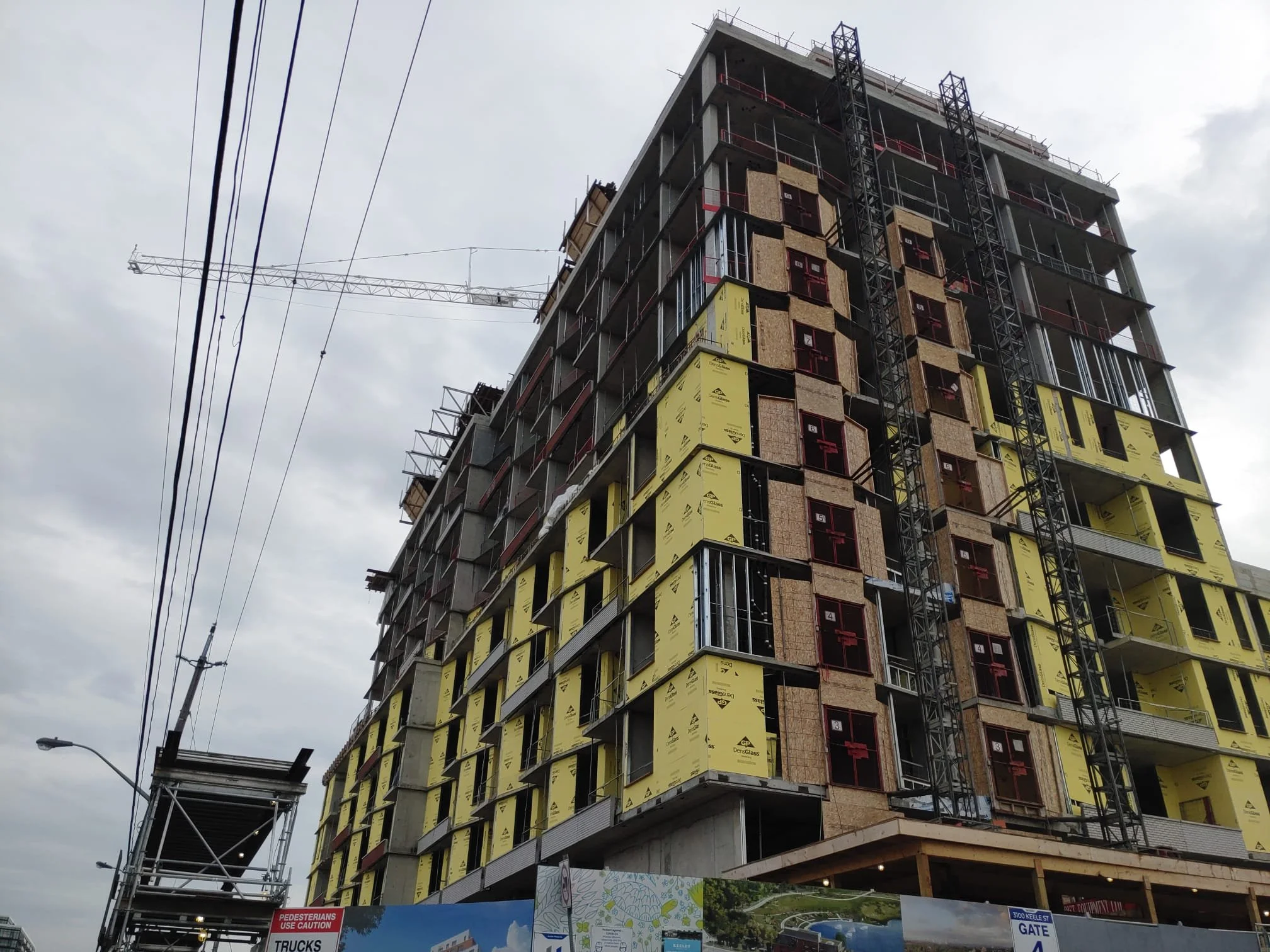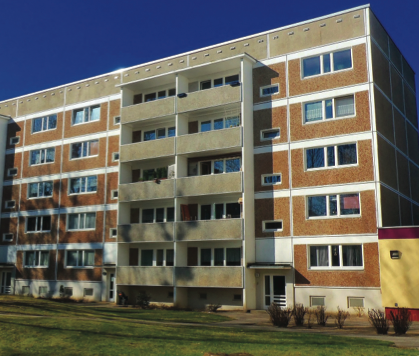For most people, their home is their biggest investment, and their financial future rests on its foundation.
When purchasing a newly built home, Ontario families rely on a system that is supposed to ensure builders meet the highest standards during construction, and that their warranty is respected if things don’t measure up.
A recent Auditor General (AG) report reveals that this is not what has been happening in practice.
Over the 15 long years of Ontario’s past Liberal government, complaints from new homeowners grew. They included numerous minor and major defects in new homes, a lack of information on the competence and integrity of specific builders, warranties not being respected and a complete lack of government oversight.
Many of the complaints were directed at Tarion Warranty Corporation, which is responsible for regulating Ontario’s home building industry. Tarion’s board is controlled by developers.
While complaints from new homeowners were on the rise, Ontario NDP MPPs were raising concerns at Queens Park about Tarion and the various issues with newly built homes. But the previous Liberal government largely ignored them.
In 2018, a successful NDP amendment in committee finally granted the Auditor General (AG) the authority to audit Tarion for the first time in its 43 years of existence.
In a report released this past October, the AG made some concerning findings, including:
-builders did not honour their warranties in more than half of the cases studied;
-nearly 10,000 claims of new home buyers were denied just because they missed Tarion’s narrow and often confusing deadline periods;
-the Ontario Building Registry, which is supposed to provide important consumer information on builders, often does not provide complete information about past builder performance for buyers to make informed choices;
-builders with bad warranty records and allegations of dishonesty and law-breaking continued to get licenses; and
-Tarion’s senior management was rewarded up to 60 per cent in salary bonuses for maximizing Tarion’s profits and minimizing claim payouts to homeowners.
For more details, the AG’s report can be found at www.auditor.on.ca.
In August of this year, I attended a packed meeting of homeowners in the highly publicized Cardinal Creek Village development in the riding of Orleans. It gave me an opportunity to visit newly built homes with major structural defects, multiple deficiencies, mould and more. Needless to say, homeowners were furious at a “perceived conflict of interest, burden of proof on homeowners and a lack of transparency from Tarion.” Homeowners spoke of rejected claims and, at best, severely delayed payouts with many still waiting after two years.
This is simply unacceptable. The former Liberal government failed in its oversight of new home building industry, and the current Conservative government has yet to take action.
The time for action is now, and the AG has laid out a number of key recommendations to help fix this broken system. This is a start, but more must be done to fix the anti-consumer culture that has captured Ontario’s new home warranty system. The NDP will keep fighting until Ontario families have consumer protection they can count on when they buy a new home.










